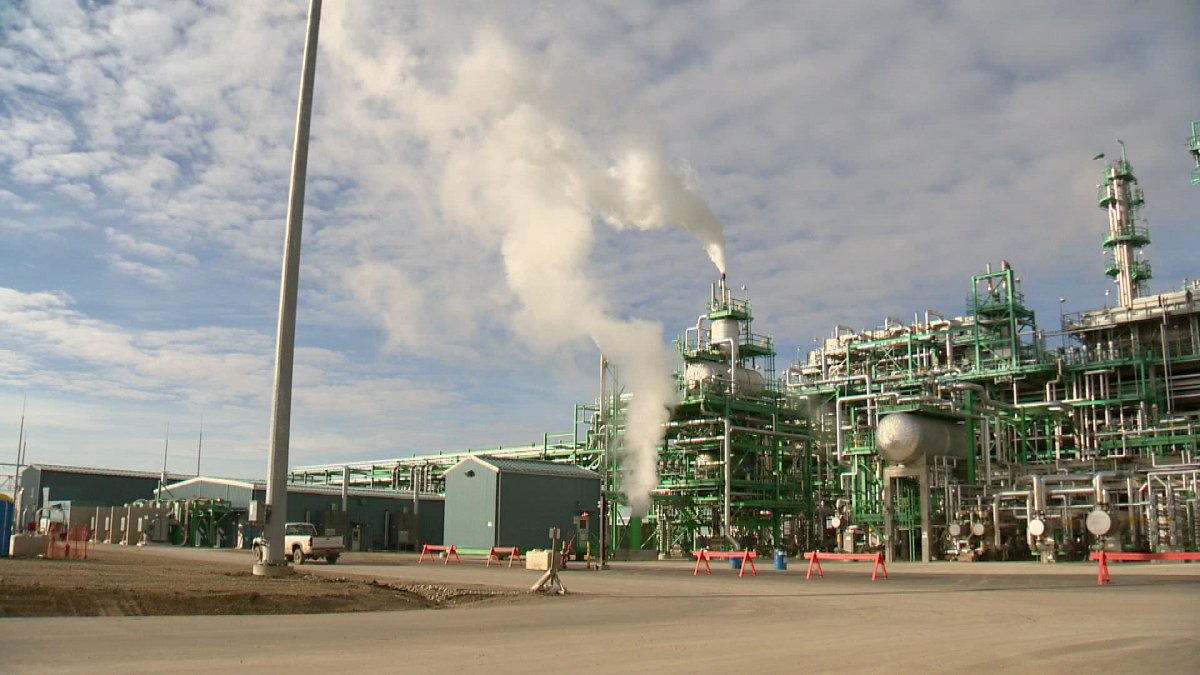Doubts are being cast on a study from the University of Regina that predicted a carbon tax could cost Saskatchewan billions of dollars.

The study, conducted by the University’s Institute for Energy, Environment and Sustainable Communities, was released June 27, and predicted a $50/tonne carbon tax would result in a $16 billion hit to the provincial GDP between 2019 and 2030.
“We’ve been doing analysis and modelling of climate policy at the provincial and national level for a number of years. What was interesting about this analysis was that it differed significantly from anything we had seen before,” said Dave Sawyer, president of Ottawa-based Enviroeconomics.
The company decided to run a program of its own, and published the findings online.
“What we found were some significant differences in the modelling itself, and then how the government reported the modelling; there was another layer of difference there,” he explained.

“There was a number of discrepancies, the household impact is a good one: we found about a $350 hit to the average household in Saskatchewan. The modelling done for the Saskatchewan government found about a $550 impact, and the Saskatchewan government reported a $1,000 impact,” Sawyer noted.
Part of the disparity between the two reports comes down to what was included. Sawyer said the report created for the province applied carbon pricing to emissions that won’t be taxed, and to producers at a higher rate than the one they will actually pay.
“With carbon pricing it’s not all emissions covered. Under the federal plan it’s only combustion emissions. For your average oil and gas facility, only half their emissions are combustion only, and 50 per cent are methane emissions – these aren’t covered,” Sawyer noted.
According to Sawyer the biggest shock was the expected impact on the GDP; an impact over 100 times larger than Enviroeconomics has seen in other models.
“The government reported a $16 billion hit to the GDP in 2030, Saskatchewan’s GDP is only about $80 billion dollars, so it’s about a 24 per cent impact on GDP. Typically in our models we see a 0.5 percentage point, or 0.2; an impact, acute for some, but not that big an impact.”
Sawyer says until the provincial government revisits the report, they shouldn’t be used as the foundation for any form of decision making.
“I don’t really think the numbers are credible. I think the government should take a closer look at the report and explain how they ended up with the numbers they did and why it’s such a large outlier,” he concluded.




Comments